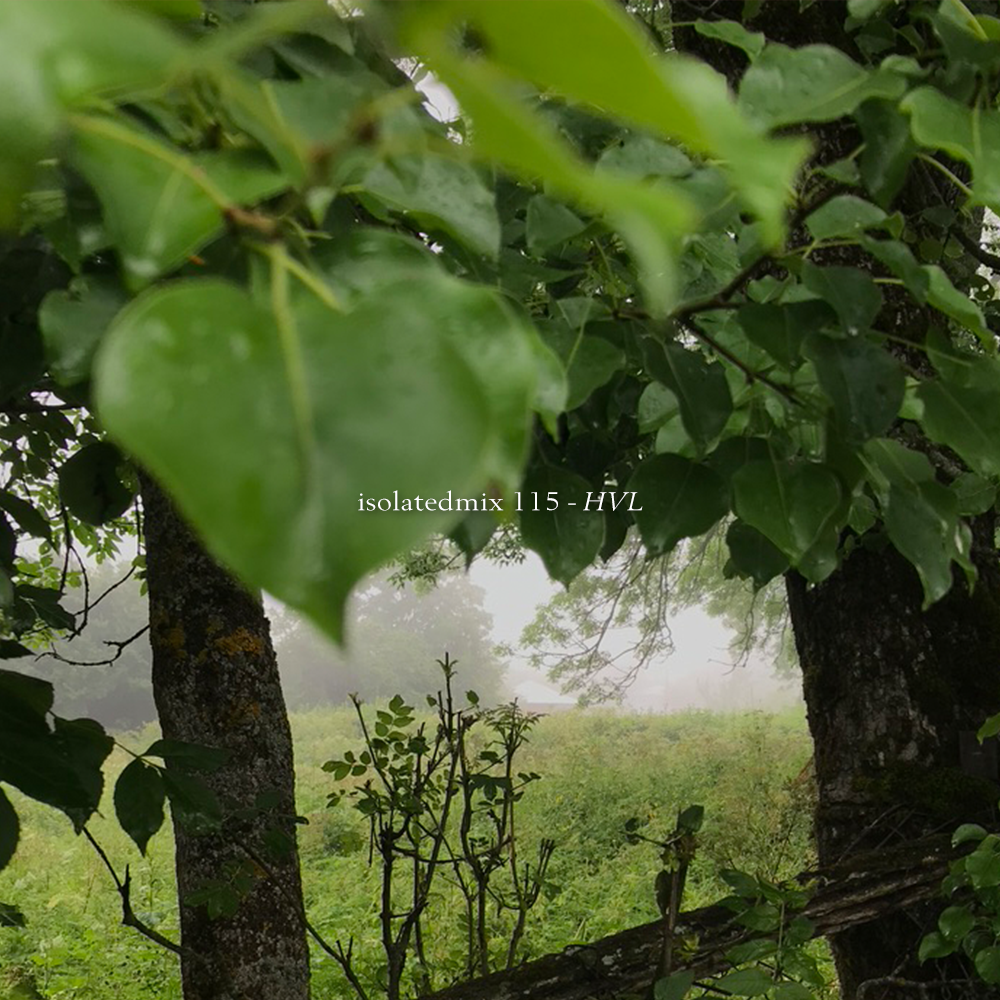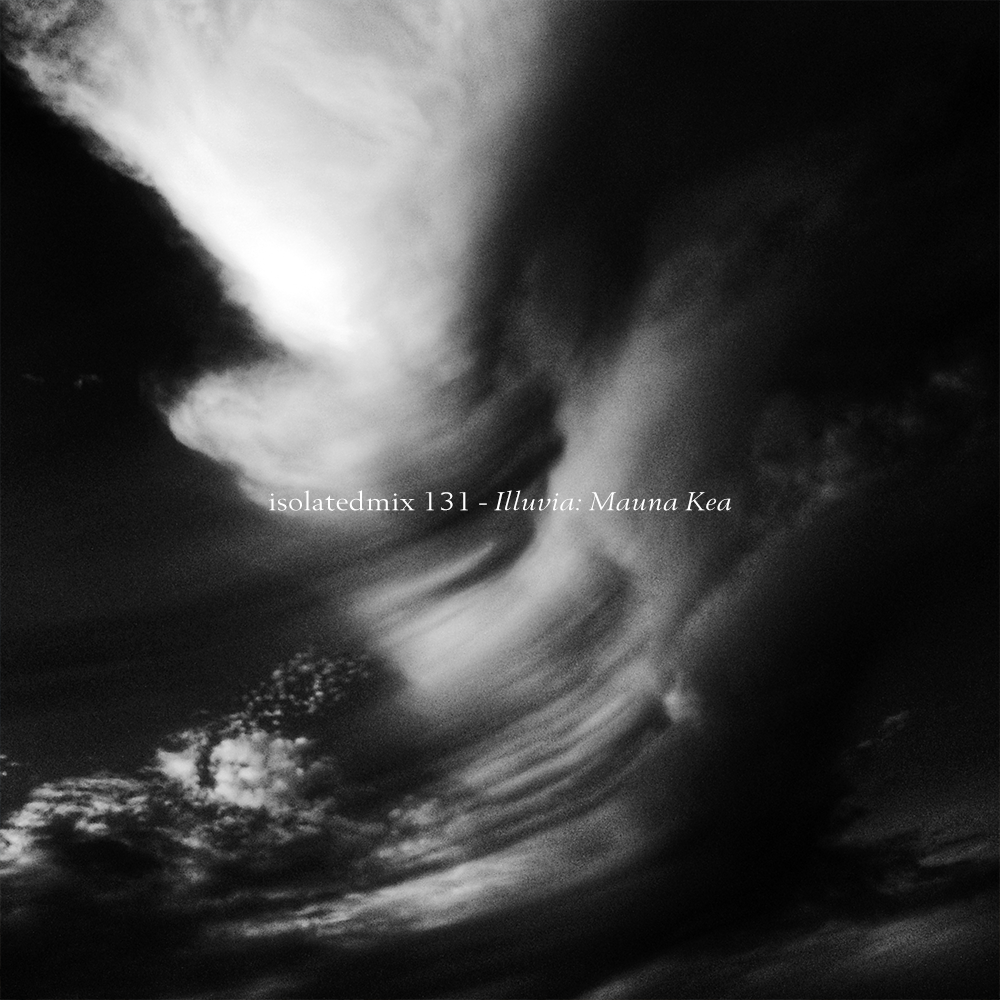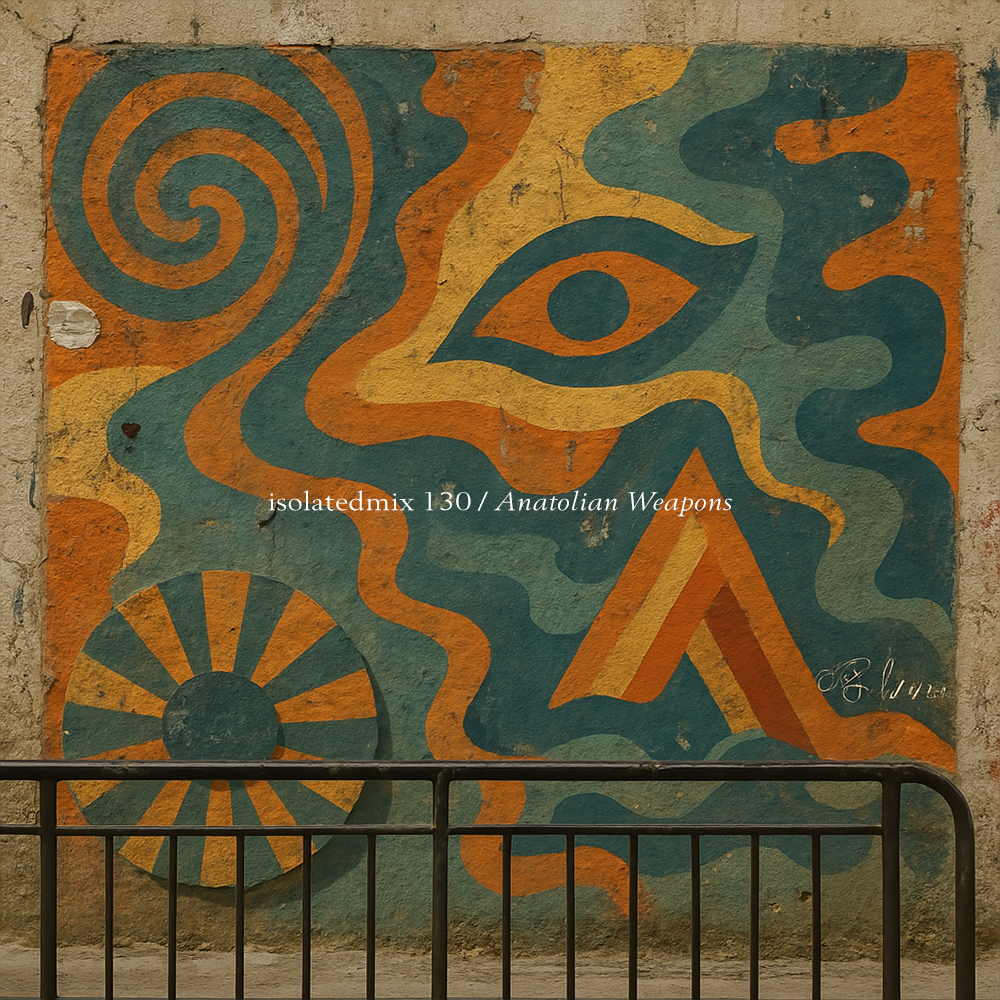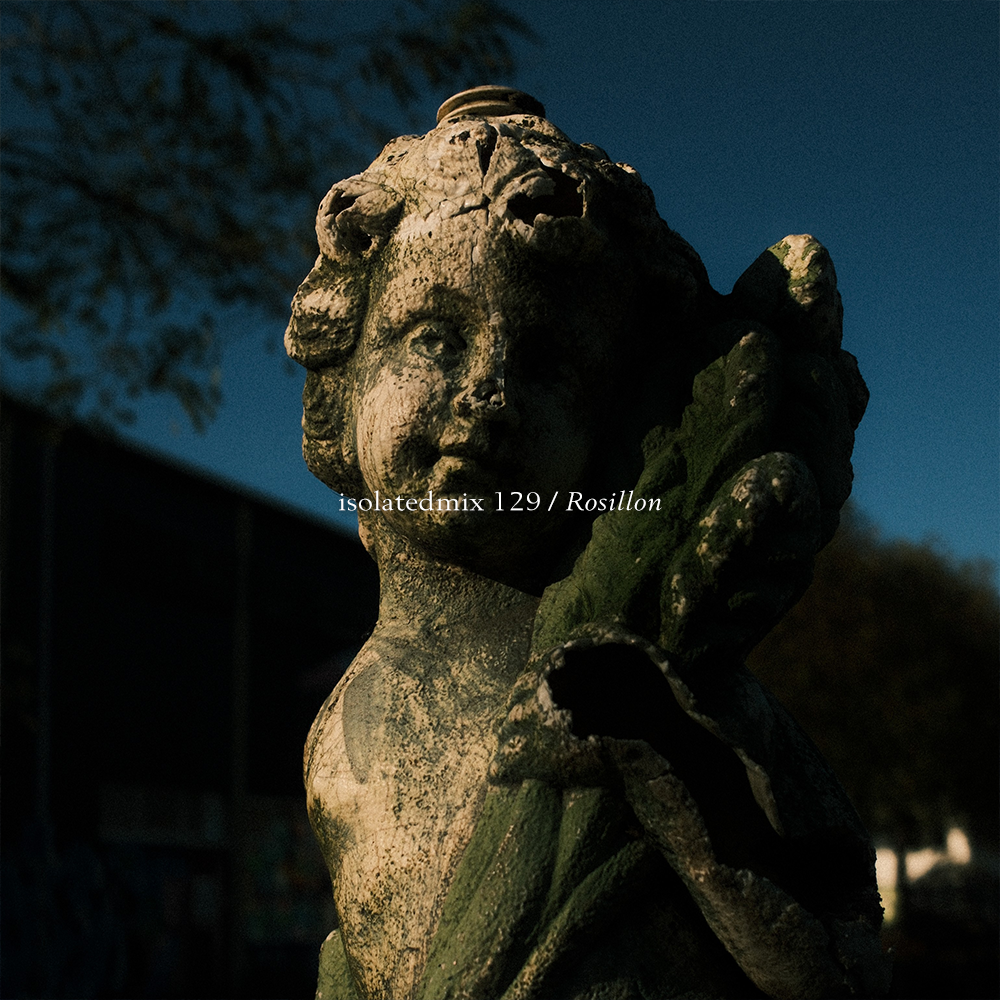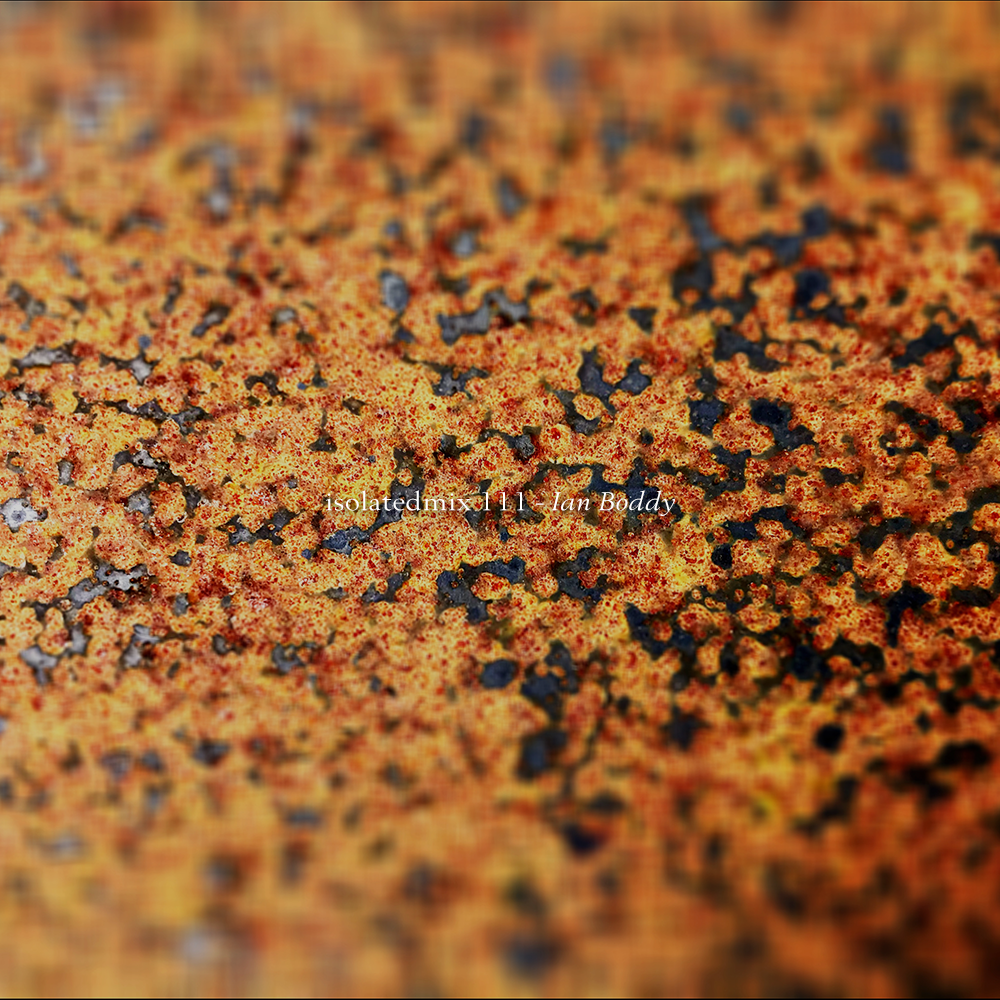I’m not sure how I first came across Gigi Kaiji, aka HVL’s music. But the Georgian artist has done an amazing job at releasing nothing but quality for the past few years now, establishing himself as a true hybrid of techno in all its various guises. Not only that, but the set Gigi played for the Astral Industries takeover on 9128.live was one of the most immersive moments of the event.
Whether it’s the meandering, grainy textures in Aura Fossil’s album opener Newenslo, or the addictive, bubbling didgeridoo in Sallow Myth, it’s no surprise to see Gigi getting plays and support from the likes of Aphex Twin, along with a bunch of superlative comments across his Bandcamp page, and inclusions in many of 2021’s ambient sets I’ve listened to. (Just this week, Trainspotters would’ve spotted HVL in Traumprinz’s latest mix dump).
In the same way perhaps that emerging producers such as Skee Mask are constantly adding new twists and fresh approaches to their music, through his own self-releases, HVL is quickly gathering a similar cult following that doesn’t really fit amongst the traditional techno crowd. As one person puts it on one of his Bandcamp albums, “…one of the world's most exciting, inventive electronic musicians”, or as a glowing RA review recently noted., “this is music that works well in large doses: dreamy and uplifting, all soaring rhythms and twilit atmospheres. It's also impressively dynamic”.
Given the many ambient and dreamy undertones to be found in HVL’s music, I was keen to find out a bit more about Gigi and invite him over our way for an isolatedmix.
Hi Gigi, can you tell us about your musical background?
I have studied classical music on piano and guitar since I was 6. Composed at a young age too, but discovered electronic music only in my late teens.
Your music is extremely varied, but how would you describe your own output?
I couldn't really. I know it's electronic because of the instruments I use to record it. I like to think of it as music that you can enjoy at home in your favorite chair, or on a night drive. Whenever you're comfortable to dive into it.
HVL albums have been released on your own label to much success on Bandcamp, what was the reason for not approaching a label with your great music? Do you think we will see vinyl editions of your self-released records at any point?
I do work with labels usually, this time the reason was time saving and the fact that you can profit from it immediately. Also I had this batch of tunes that I wanted to put out exactly the way I wanted. With labels I'd need to make some adjustments. It's useful financially, especially because there are no live gigs happening in Georgia right now. 12" sampler versions of the two albums I released in 2020 will be out on Appian Sounds soon.
What role does ambient music play in your life and music production?
That's all I listen to in recent years. Most of the music I play at home is either drone or ambient. I haven't really done that many ambient tracks but I use elements of it quite often.
Some people might have discovered you from Aphex Twin playing your music in his DJ sets - did this come as a surprise to you?
It was a big surprise when I first found out on reddit by accident, but then I learned that he's quite a digger of obscure stuff and it made more sense to me.
Also, it was very humbling as I have enjoyed his music for more than a decade now, so It felt great!
You have a great track record on Bandcamp so far, so what can we expect from you going forward?
I like to release almost everything I record, so there will be more albums on my Bandcamp and friends' labels too.
And lastly, can you tell us a bit about the mix you have prepared?
This is a collection of tracks that I would use to fall asleep. Enjoy!
~
Listen on Soundcloud, Mixcloud, or the ASIP Podcast.
Tracklist:
01. Aleksi Perälä - UK74R1619200
02. Tamo Nasidze - In Memoriam
03. Area - Tessellated Rhubarb
04. The Abyss Within Us - Part I
05. Ryo Murakami - Deist
06. Bowery Electric - Under The Sun
07. LF58 - Metamorfosi
08. Gustavo Santaolalla - Breathless
09. Unearth Noise - Message From The Dead
10. Seal Bient - Runout 06.08
11. ZOV - Yedoma
12. Bipolardepth - Runout 01.06
13. Shine Grooves - Salubrious Waters
14. Seal Bient - Runout 06.03
15. Okinawa Lifestyle - Underwater
16. Ludvig Forssell - Bridges
17. Levan Shanidze - L1 (chushi edit)
18. Vladislav Dobrovolski - type 2
19. Kaiji - teapot_lim_hi
20. Unearth Noise - Soul Surgery
21. Masterknot - 14.03.2018-3
22. Nuances - We're Becoming Each Other
23. HVL - Temppa
24. Donato Dozzy & Tin Man - Test 3
25. Nuances - Death of November
~
HVL | Bandcamp | Discogs | Soundcloud
